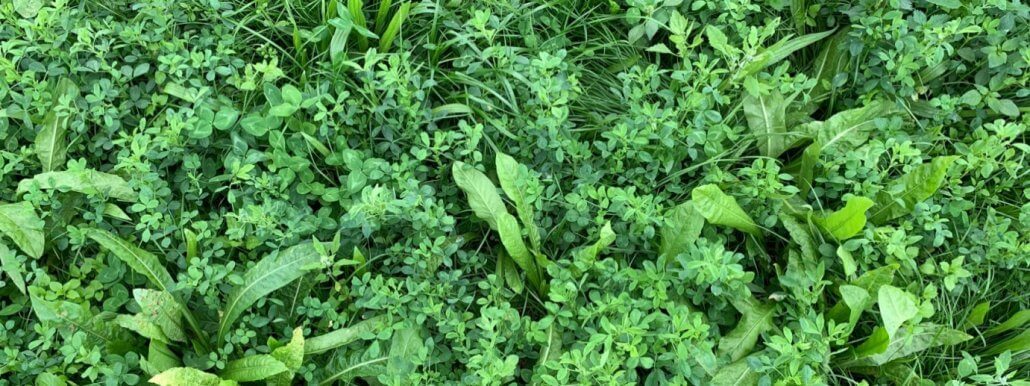
Nitrogen
Nitrogen is the growth element. Plants need it, no doubt about that. In the first half of a plant’s growth cycle, it takes in about 80% of the total nitrogen it needs for the entire cycle. There are two forms of nitrogen that plants will take up, viz: the nitrate nitrogen form or the ammonium nitrogen form. In this blog, I will look into these two forms of nitrogen, and dig into the advantages and disadvantages of each.
Nitrate nitrogen
The fate in the soil
Nitrate nitrogen has three fates in the soil. It can be leached, lost to the atmosphere through gaseous loss or taken up by the plant. Loss through leaching and atmospheric loss increase as the concentration of nitrates in the soil solution increases. The soil solution is where the plant roots absorb nutrients.
This means that farmers should apply only small amounts of nitrate-based fertiliser per application, rather than applying loads at a time. By doing the latter, you are guaranteed to lose some of the nitrogen through leaching and/or to the atmosphere. Think about why we drink those 8 glasses of water per day at different times of the day instead of drinking them all at once. If you do the latter, you will lose most of the water as soon as you drink it via urine. It will not be used effectively by the body as opposed to drinking a glass every 4 hours for example.
Important side note: Without moisture, the plant is unable to absorb nutrients even if they are plentiful.
The fate in the plant
Nitrate nitrogen is a lavish element. It requires a lot of energy from the plant (carbohydrates) in order for it to be absorbed. Its transport system in the plant is the most expensive; it requires 4 times the amount of energy to move around the plant than other forms of nitrogen. Yes, it does the job, you will get big growth response.
However, although the plant will grow faster you have to be prepared to sacrifice carbon in the process. Carbohydrates (energy) produced through photosynthesis need to be moved from the leaves to the roots, where they are stored and used later during the regrowth or flowering of the plant. If those carbohydrates are hijacked and used to maintain the lavish lifestyle of nitrates, your plant root growth will be limited.
The best way of managing this type on nitrogen is by applying it in small doses and also by not adding too much water after its application.
Ammonium nitrogen
The fate in the soil
Similarly to nitrates, ammonium can be lost from the soil via gaseous loss; however it is less prone to leaching because of its positive charge. This enables it to be held in the soil. This contrasts the negative charge on the nitrate which causes it not to be held. Read the blog below to understand what different nutrient charges mean:
Ammonium in the soil is eventually converted to nitrate through nitrifying bacteria. This process occurs regardless of the source of the ammonium. This is the reason why in soil, the most abundant form of nitrogen you will find is nitrate-N. In the process of ammonium being converted into nitrate, some of it converted into ammonia gas, and is lost; however, there is a silver lining.
The fate in the plant
When it comes to the uptake of ammonium nitrogen, the plant absorbs it with a lot less energy. Unlike nitrate which requires four energy carriers, it requires just one. When nitrate nitrogen arrives at its location in the plant it needs to be converted back into ammonium first before it is digested, whereas ammonium doesn’t require this process since it is already in the correct form. The one disadvantage with ammonium is that it can be toxic to the plant if it is absorbed in high quantities. It is therefore advised that when applying an ammonium-based fertiliser, it should also be applied in small quantities.
Which forms of nitrogen should farmers apply then?
The answer to this question isn’t straight forward. Because both these nitrogen forms have their shortcomings, the best is to apply a balanced mixture of the two e.g. ammonium-nitrate fertiliser. If one form is applied on its own it should be applied in slow release forms in order to reduce the impacts mentioned above. It is also important that farmers take note of the nitrogen mineralised and the form of nitrogen that is abundant. This will help guide farmers on how much they need to apply in order to supplement the mineralised nitrogen.
Useful reading
The “too much of a good thing” effect of nitrogen
Don’t expect miracle pastures from nitrogen alone
Watch
Video – A broader perspective on why nitrogen fertiliser is so harmful
Sources:
Absorption and utilization of ammonium nitrogen by plants
- The management of soils with excessive sodium and magnesium levels - 2023-06-12
- Understanding evapotranspiration better - 2021-10-18
- Soil fungi connections - 2021-09-28
